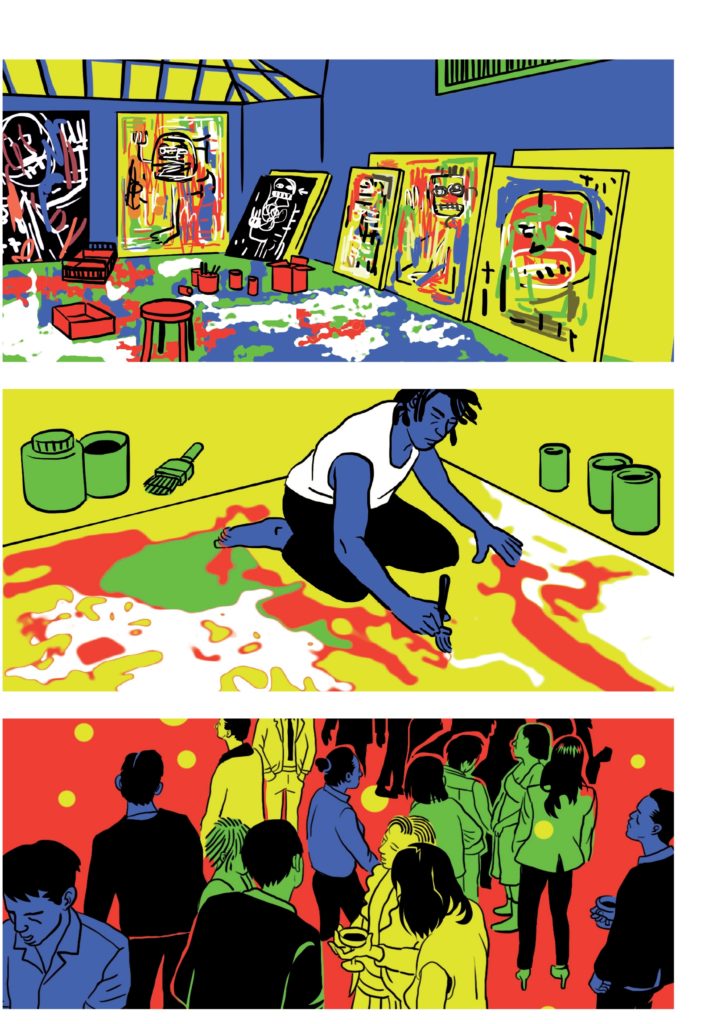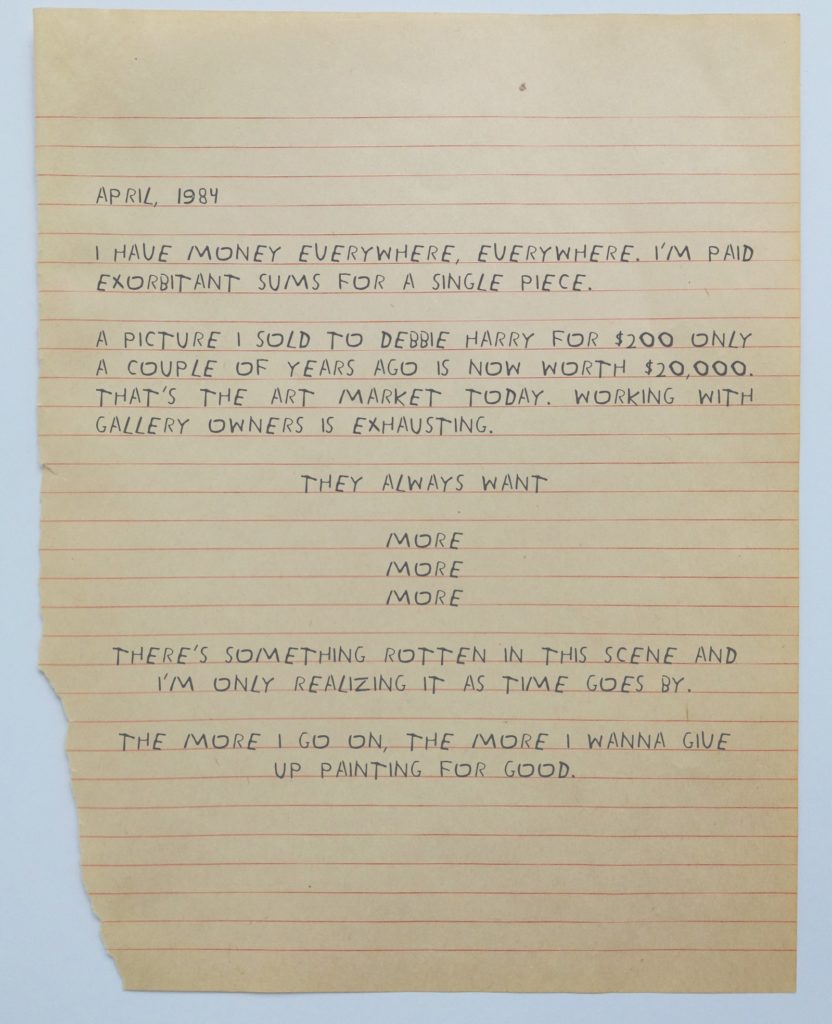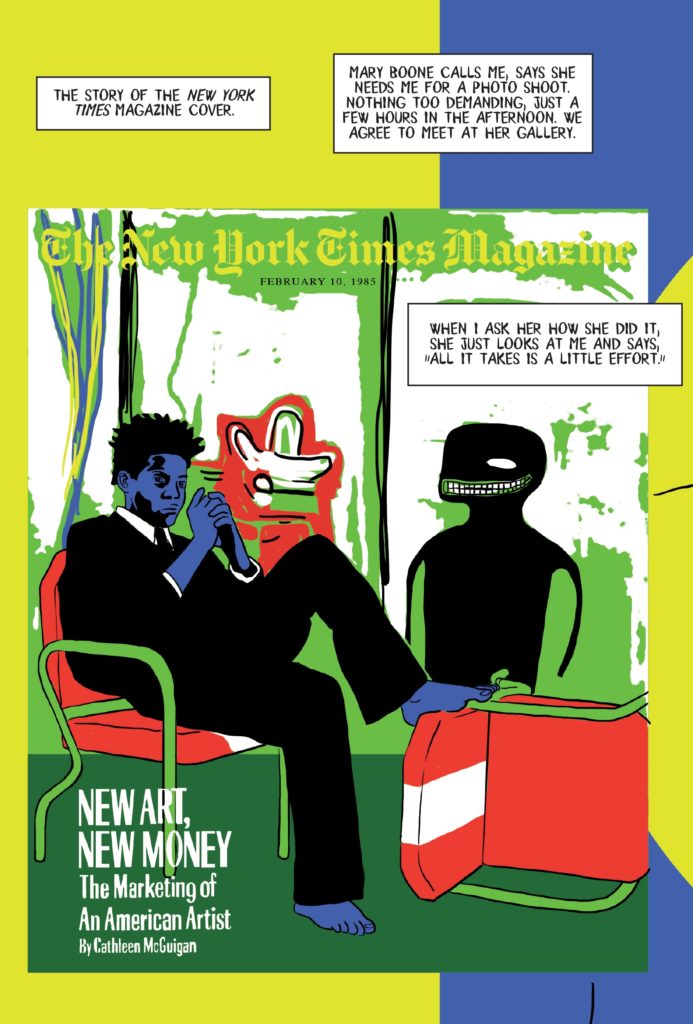The American folk revival of the 1950s and 60s paid dividends in the 1970s, a decade we usually associate with prog rock, disco, funk, and punk. These were the years of some of Crosby, Stills & Nash and Neil Young’s best acoustic folk, and the finest work of Joni Mitchell and James Taylor, both of whom had such unique takes on folk guitar that they redefined the instrument for generations. Mitchell drew from her teenage appreciation for jazz guitar, which she taught herself to play while still in high school. Taylor picked up his unusual voicings and arrangements from a number of American sources.
His influences, he told Adam Gopnik on The New Yorker Radio Hour, came from his early study of the cello (he played “badly, reluctantly,” he says); early exposure to Broadway show tunes and “light classics”, thanks to parents who shuttled him by train from North Carolina to New York City, and his admiration for Elvis, the Beatles, and Ray Charles.
Through a mix of childhood training, adolescent obsessions, and a mature fingerstyle honed by hours and hours of patient practice, Taylor came to dominate the charts with songs like 1970’s “Fire and Rain” and “Country Road,” bringing his acoustic folk and country sensibilities to soft rock stations everywhere.
Taylor’s songwriting, for all its lyrical drama and melancholy, begins with the guitar. Through pure technique, he makes the instrument sing, pulling his melodies from chord patterns and picking styles. As befits such a thoughtful player, he is also a teacher of the instrument, offering a free series of lessons for playing his most beloved songs. Here you can see his “Fire and Rain” lesson further up, “Country Road” above, and at the top, a brief intro to the series from Taylor himself.
Note that these lessons are for intermediate players, at least, and assume prior familiarity with the chord changes in the songs. The videos were originally available on Taylor’s website, and required a sign-in, he says, somewhat apologetically. Since 2011, they are all—8 lessons total—available on his official YouTube channel. See lesson number 6, “Carolina in My Mind,” just below, and watch all the rest for free here.
Related Content:
James Taylor and Joni Mitchell, Live and Together (1970)
James Taylor Performs Live in 1970, Thanks to a Little Help from His Friends, The Beatles
Josh Jones is a writer and musician based in Durham, NC. Follow him at @jdmagness









